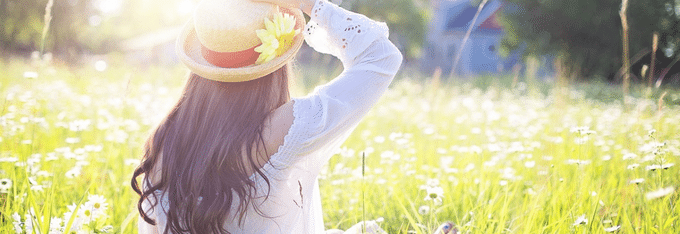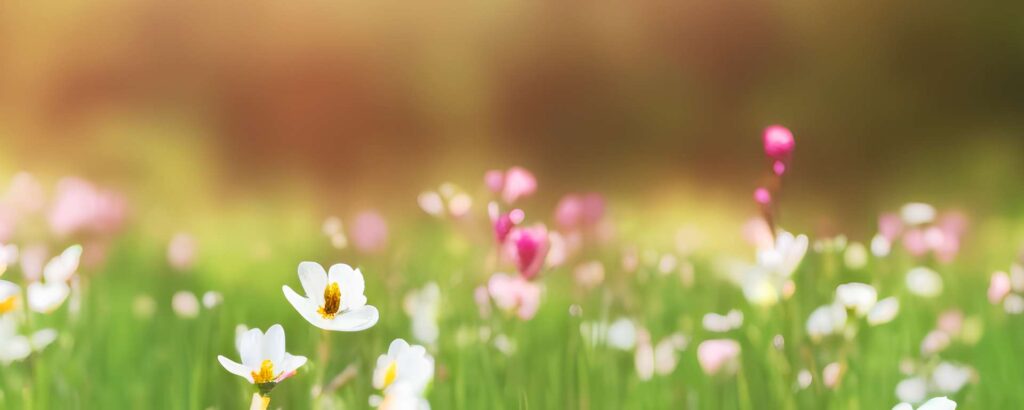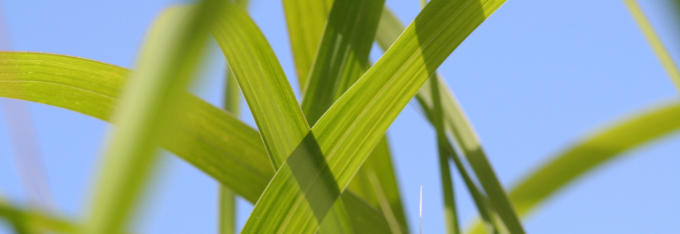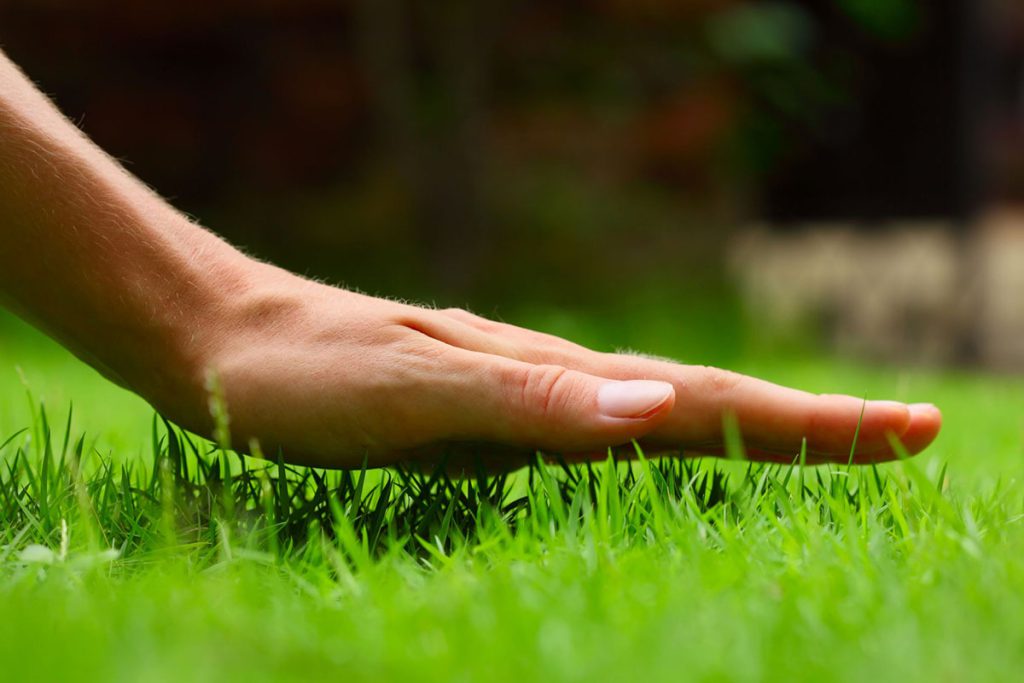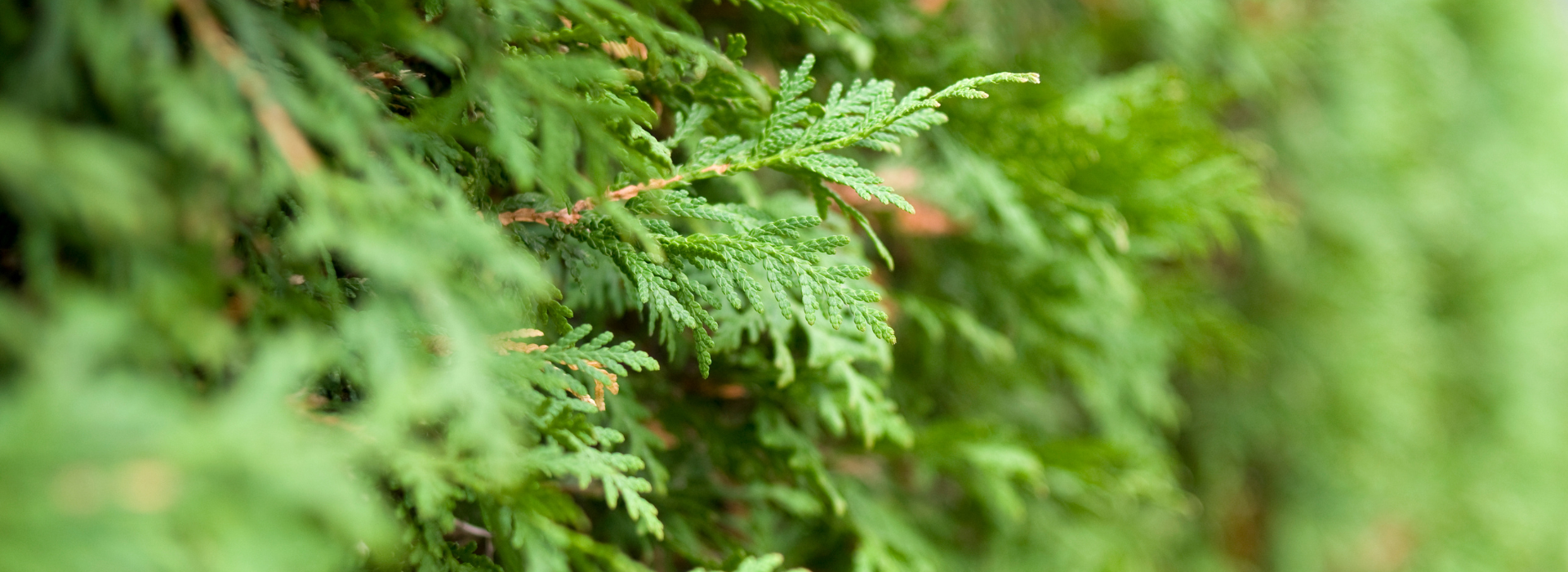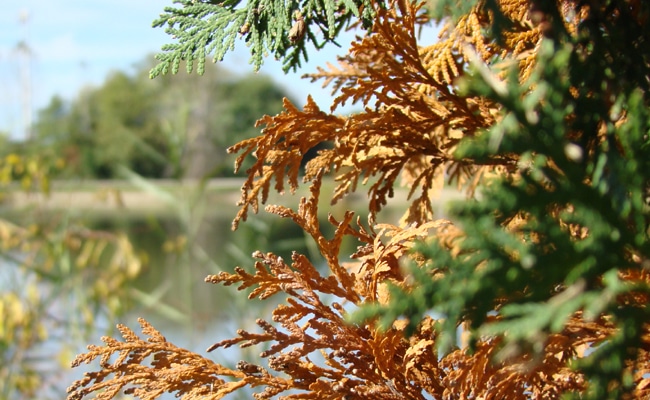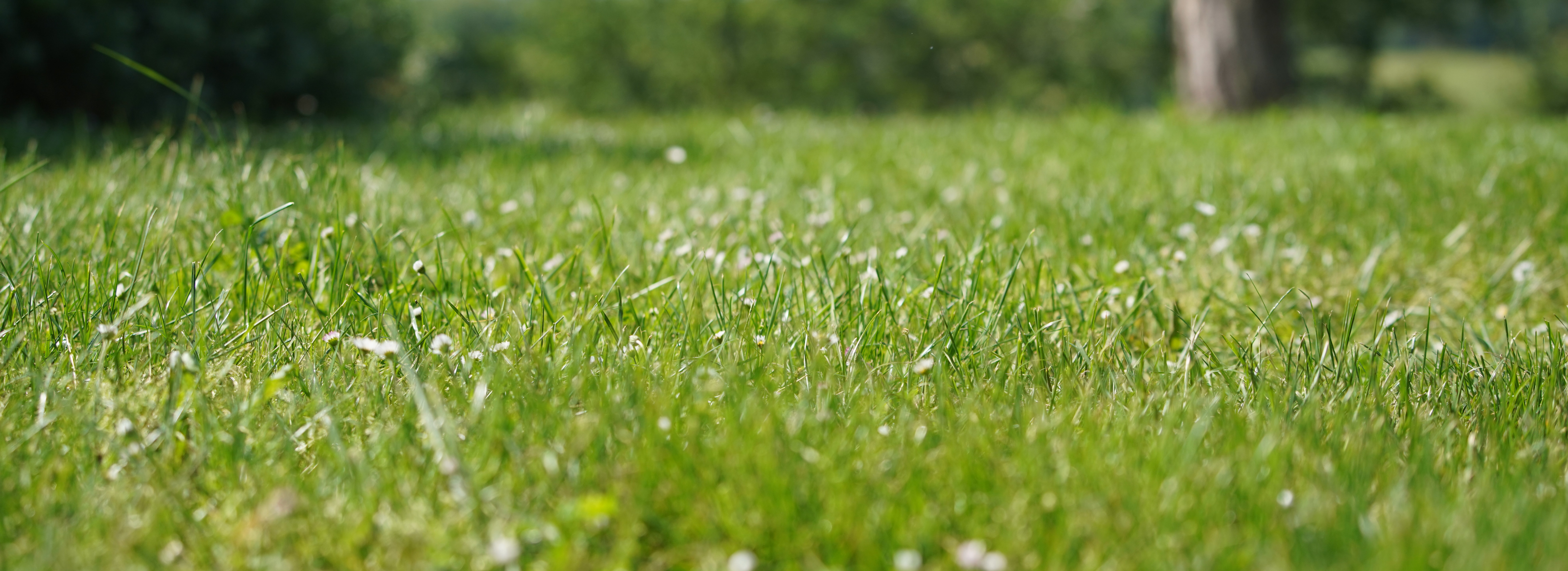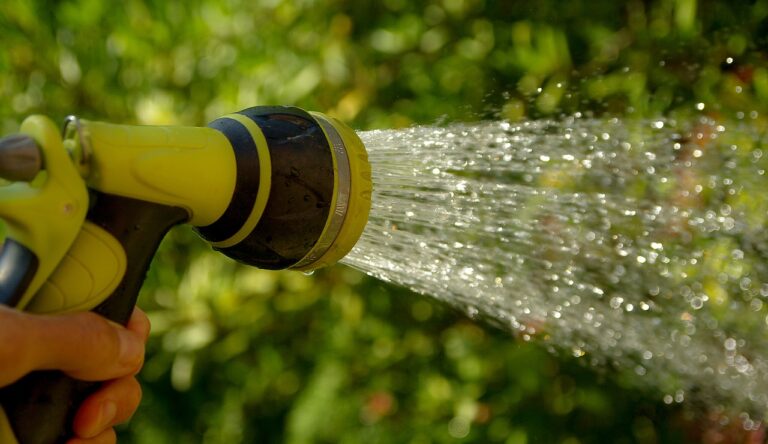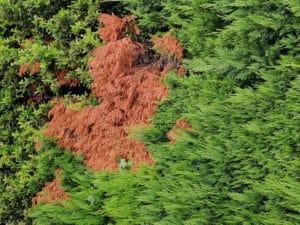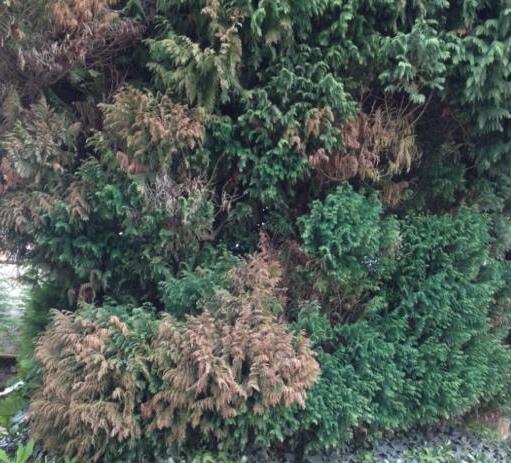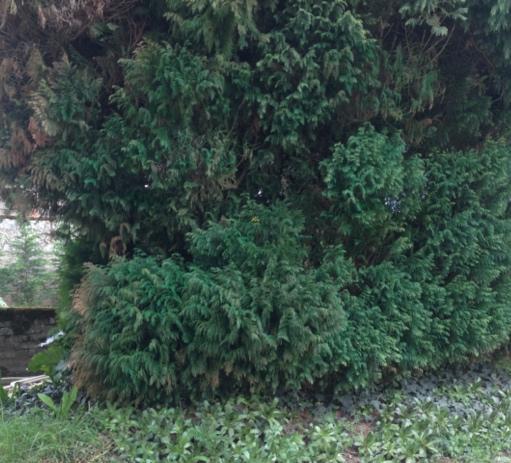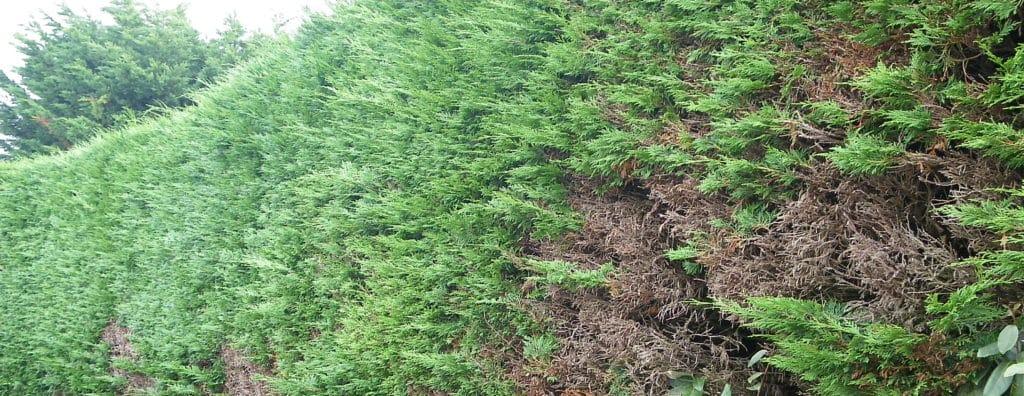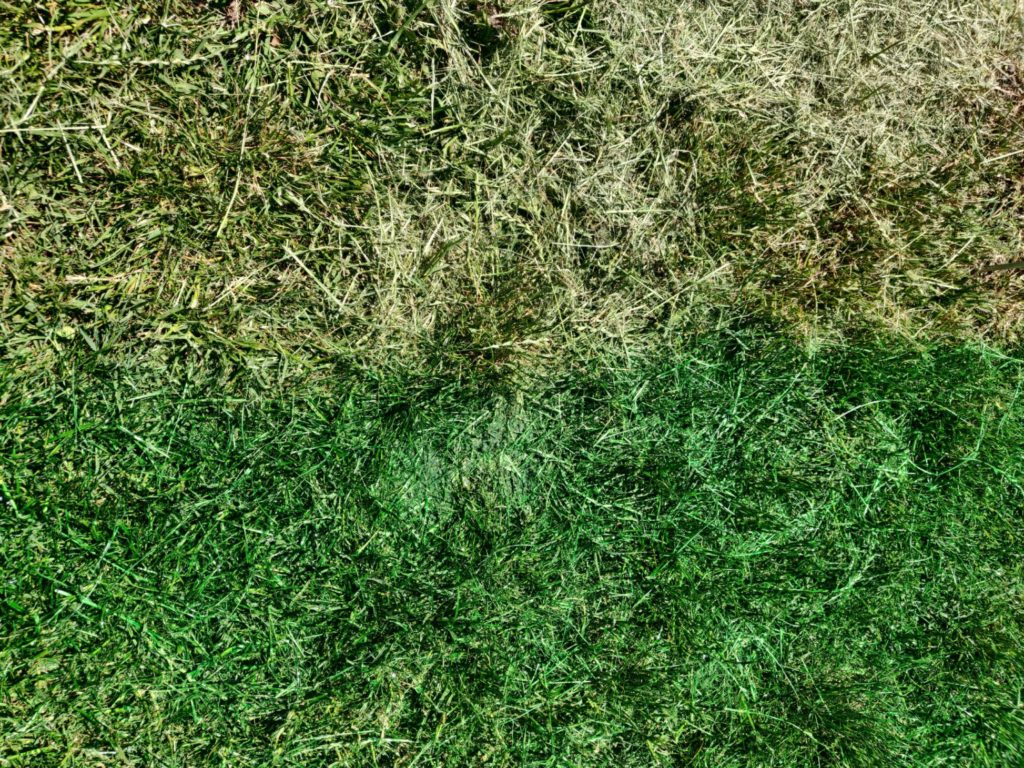Dec, 2023
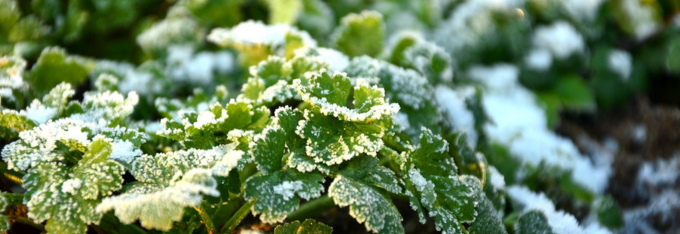
How to care for your plants in winter?
The Secrets of a Healthy Garden in Winter: Care tips for your plants
Winter can be a tricky time for plants and the health of your garden. Freezing temperatures and reduced light levels can test the resilience of your plants. However, with the right care, you can ensure the health and vitality of your garden even during the coldest months. Here are a few essential tips for looking after your plants and garden throughout the winter.
Protect from frost with mulch:
Frost can be extremely damaging to plant roots. Protect them by applying a thick layer of mulch around the base of each plant. Mulch acts as an insulating blanket, helping to maintain a more constant temperature and prevent frost damage.
Irrigate in moderation:
People think that winter means less watering, but you have to take this into account and pay attention to your plants' water requirements. Roots need moisture to survive, but excess water can also cause rotting problems. Water plants only when the soil surface is dry.
Prune your plants in moderation:
Winter is the ideal time to do some light pruning on certain plants. Remove dead or damaged branches to stimulate healthy growth in spring. However, avoid severe pruning during winter, as this can make plants more vulnerable to the cold.
Protect your plants:
Cold winter winds can dry out and damage plant leaves and stems. Use hedges or fences to protect your garden from strong winds. You can also use special canvas to create temporary barriers.
Add compost:
Enrich your garden soil by adding a layer of well-decomposed compost. This will stimulate the soil's microbial life and provide essential nutrients for plants during the winter season.
Protect sensitive plants:
If you have cold-sensitive plants, such as citrus or tropical pot plants, consider moving them indoors during the winter. If this isn't possible, surround them with mulch, blankets or special covers to protect them from the cold.
Would you like to improve the photosynthetic activity of your plants and green them up? Don't hesitate to discover our eco-friendly colorants.
-
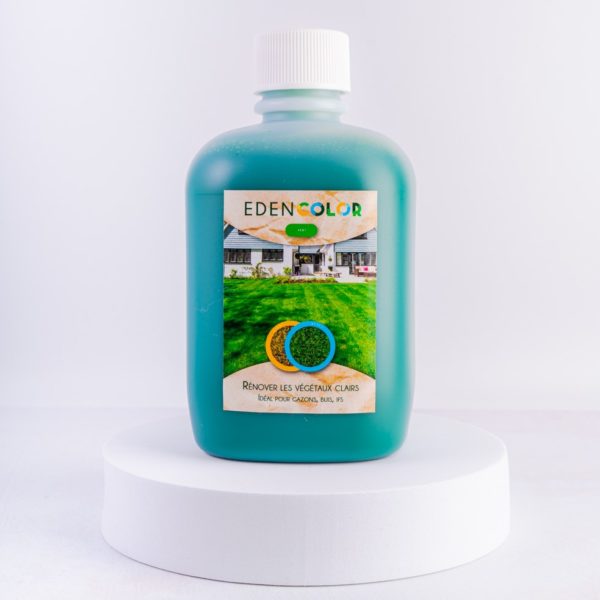
Vegetal Color: Green
Note 5.00 sur 5From 84.99€ Choix des options This product has multiple variants. The options may be chosen on the product page -
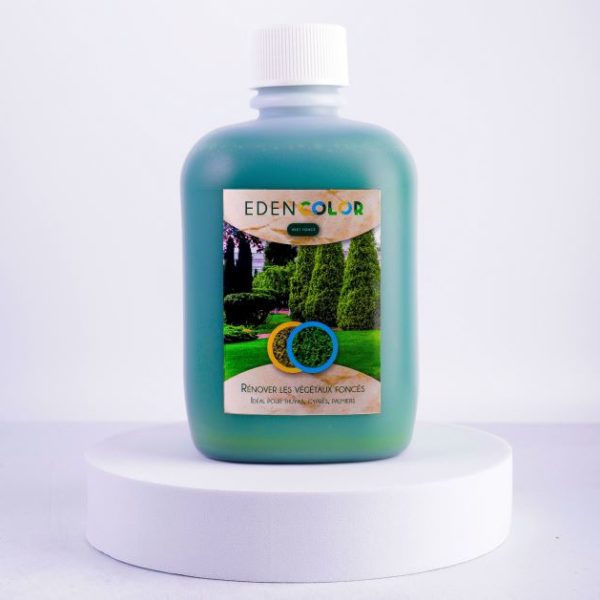
Vegetal Color: Dark Green
Note 5.00 sur 5From 84.99€ Choix des options This product has multiple variants. The options may be chosen on the product page


